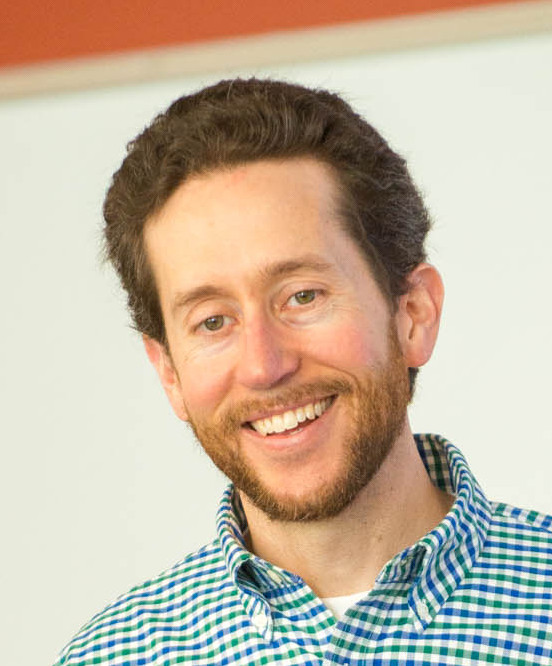The History of No-Fault Divorce:
An Odd-Couple Marriage between the Political Left and Right
By Ryan C. MacPherson, Ph.D.
Presented at “Adult Children of Divorce: Recovering Origins,” the Center for Pastoral and Cultural Research, Pontifical John Paul II Institute for Studies on Marriage and Family at Catholic University of America, Washington, D.C., 12-14 April 2012.
Abstract:
No-fault divorce was socially engineered in the 1960s and 1970s by elite law professors trying to shift authority away from legislatures and toward judges and attorneys. Their proposal initially won public support because it was presented as a modest reform for increasing efficiency and curbing fraud in family courts. In the 1970s and 1980s, feminists attempted to steer the momentum of these reforms toward the empowerment of women. No-fault divorce has continued to have broad social support because its resonates with the foundational political views of both the far right—libertarians—and the far left—socialists. Libertarians appreciate the emphasis on individual liberty and minimal state regulation; socialists favor no-fault divorce because it promises to foster equality between men and women and between the married and non-married. Meanwhile, the political center has accepted no-fault divorce because it appears to cohere with broadly shared culture assumptions about keeping moral issues private and treating men and women as identical and interchangeable in the public sphere. Despite the strong consensus in its favor, the regime of no-fault divorce in fact has marginalized men, isolated women, and harmed children. Furthermore, no-fault reform laid both the legal and the cultural foundation for the current efforts to legitimize same-sex “marriage.” Repairing the social damage occasioned by no-fault divorce requires, first, that the assumptions made by both the political left and the political right be carefully re-evaluated; and, second, that the mainstream culture come to recognize the unique benefits of lifelong monomagy for men, women, children, and the societies they form.
Available:
- Audio Recording (about 24 min.): Listen to MP3

